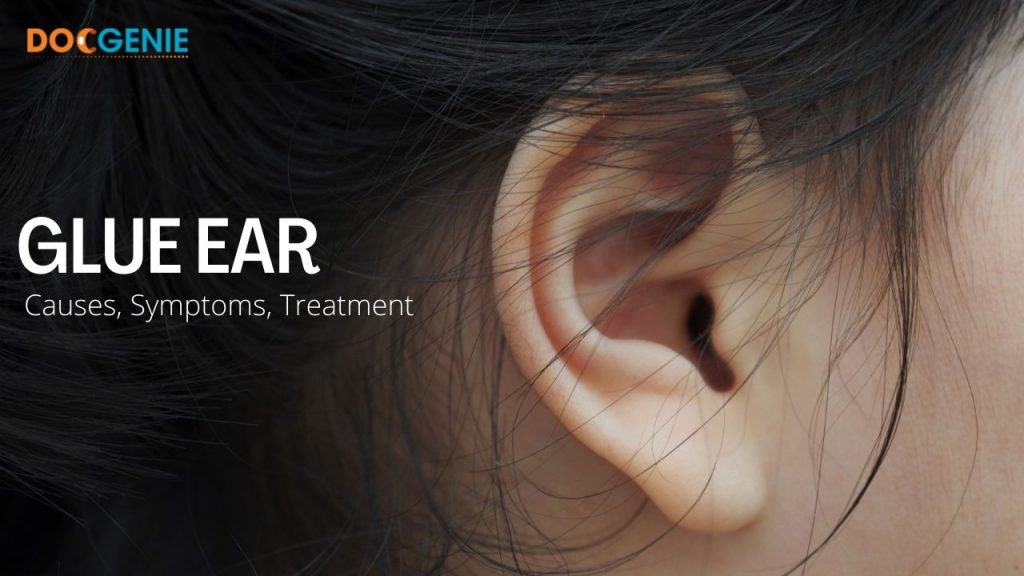
Glue Ear
Glue ear refers to a condition wherein, the middle portion of the ear, which is located just behind the eardrum, fills with a fluid that closely resembles glue. This condition is a consequence of the eustachian tubes of the ear being much thinner than the normal amount further leading to clogging and laxity of space in the ear for surplus fluids. While this particular space in the ear is commonly filled with air, an illness such as the flu, cold, or even allergies can cause the buildup of fluid in this area and cause glued ears. Some factors which are further related to the development of glue ear are bottle feeding, higher risk of germs, bad air quality, or tobacco smoke exposure.
Glue ear, while not heard of often, is a quite common occurrence in children. According to reports, almost 80% of children below the age of 10 will suffer from glue ears. One of the important factors to be considered about glue ear is that it is harder to diagnose because it is rarely painful and hence, often difficult to identify.
Symptoms of Glue Ear
The symptoms usually consist of talking louder than usual, hearing difficulties, or hearing ringing/buzzing. While the Glue ear is pretty common it is also imperative to treat it at an early stage as, if the infection is allowed to persist for more than a few months, it can lead to permanent hearing damage. Moreover, young children who experience this condition are less likely to develop speech and language skills at a normal rate and the same might be severely affected leading to delayed development. While glue ear might sound like an ear infection, it is easy to differentiate from an ear infection which usually has more severe symptoms including severe pain, fever, and fluid drainage.
Treatment Of Glue Ear
To diagnose Glue Ear, the ENT doctor must conduct an ear exam. It is imperative to consult an ENT doctor in case you experience the symptoms of glue ear as he/she would be able to tell you whether the same has turned into an infection. The condition can be treated with a proper course of antibiotics. Another way to manage fluid buildup at home is through auto inflation which involves blowing a balloon with each nostril. However, this method is not advised for children under 3 years of age. Hearing aids and speech therapy is also often taken path for the treatment of Glue Ear. In some specific serious cases, a surgery called Adenoidectomy is conducted wherein the adenoid glands are removed by the doctor which is likely causing the fluid buildup.